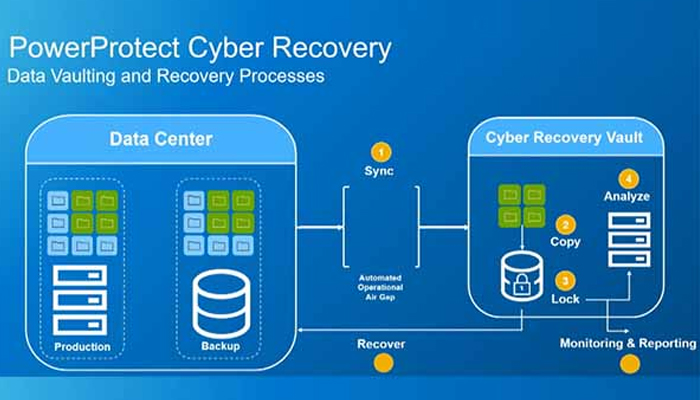The past two years have introduced us to new ways of business operations, making organizations more dependent on digital, which has consequently raised the need for organizations to be more resilient. In their May 2021 study, McKinsey & Company expressed that the speed and uncertainty of change requires companies to build long-term plans to withstand the threat of disruption in order to come out stronger.
According to Dell Technologies Global Data Protection Index report, 74% of the Indian businesses reported increased incidents of data loss from cyberattacks in the past year with the growth of employees working from home. Around 68% of the businesses in India believe that their existing data protection solutions will not be able to meet the challenges of the future, while 42% lack confidence that their business-critical data can be recovered in the event of a cyberattack or data loss.
Business resiliency is of essence now to grow in the digital era – cementing supply chain reliability, transferring seamlessly to alternative utilities in case of outages and increasing customer confidence by preventing cyberattacks before they occur.
The three key focus areas are –
Digital Resiliency: A company’s knowledge and skills for rapid adaptation of its digital capabilities boosts the company’s ability to not only merely survive, but to also benefit from planning organization-wide processes for fast recovery from disruption. It also helps the business in applying both data and digital governance to the organization’s strategy, and continually improving digital innovations’ speed and time to market.
Cyber Resiliency: Cyber resiliency is a business’s ability to respond seamlessly to a data attack or data failure. Every business should conduct recurring cyber resiliency assessments to check, update and modify its preparedness to changes in business, operations and technology. True cyber resiliency relies on four integrated elements – manage and protect data, identify and detect all potential risks, respond to and recover from any data disruption, and governance that assures that the workforce can effectively respond to any disruption.
Workforce Resiliency: Workforce resiliency demonstrates employees’ ability to respond to threats such as ransomware and phishing attacks. The growth of remote working and use of personal devices over the past two years has fed the rise of greater, more varied cyber-risks and cyberthreats. Every business’s workforce today must be willing and able to:
- Acquire an evolving set of soft skills to apply in the changing business environment
- Navigate changes in their company’s business operations and assignments
- Develop capabilities to work with advancing technologies
- Deal with disruptions efficiently and effectively as they arise
It has become a key responsibility for businesses of all sizes to understand and implement strong cyber resiliency strategies. Those warrants understanding what business resiliency is, what it comprises and how to insure businesses have it.
It has become a key responsibility for businesses of all sizes to understand and implement strong cyber resiliency strategies. That warrants understanding what business resiliency is, what it comprises and how to insure businesses have it.
Dell Technologies PowerProtect Cyber Recovery helps promote cyber resilience by ensuring that a clean copy of data free from corruption can be recovered after a cyber or ransomware attack. PowerProtect Cyber Recovery enables cyber resilience by protecting and isolating critical data from ransomware and other cyber threats. PowerProtect Cyber Recovery provides a secure digital vault that is logically and physically isolated from the production and backup networks with an operational air gap. To provide the best chance for recovery if production and primary backups have been compromised or infected, data in the vault is protected in an immutable format with retention locks. The Dell Technologies PowerProtect Cyber Recovery solution uses machine learning to identify suspicious activity and enable recovery of known good data and to resume normal business operations quickly and with confidence.




